by Sam McGowan
One of the successful strategies used by airmen in the Southwest Pacific Area of Operations was skip- bombing, a method of aerial attack in which a bomber approached an enemy ship at wave-top height, then released a bomb with a delayed-action fuse from some distance away.
[text_ad]
Like Skipping a Pebble On a Lake
The airplane would zoom up and over the target while the bomb skipped across the water like a pebble on a lake to smash into the side of the vessel, then sink beneath the surface to explode below the waterline where the concussion would be enhanced by the compressibility of the water. Just when the tactic was developed and by whom is open to dispute. General George C. Kenney, commander of the U.S. Fifth Air Force, claimed to have pioneered the tactic, but historians point out that experiments with skip-bombing had been carried out by the Army Air Corps ordnance department before the war.
Kenney, however, had been heavily involved in experiments with several weapons while assigned to the ordnance department in the prewar years. Regardless of his initial role, Kenney and his aide, Major Bill Benn, discussed skip-bombing during the flight to their new command in Australia. During a stop at Nandi they borrowed a B-26, dropped some practice bombs, and skipped them against coral reefs just offshore.
Bombing Method Put Into Practice Against Japanese
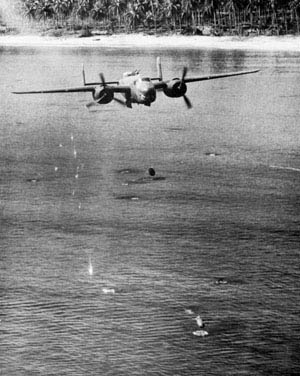 When they arrived in Australia, Kenney decided to put Benn in command of the 63rd Bomb Squadron, a B-17 outfit that had been in combat since the beginning of the war. He told his aide to teach the pilots how to skip-bomb, then go out and put the knowledge to practice against the Japanese Navy and merchant fleet.
When they arrived in Australia, Kenney decided to put Benn in command of the 63rd Bomb Squadron, a B-17 outfit that had been in combat since the beginning of the war. He told his aide to teach the pilots how to skip-bomb, then go out and put the knowledge to practice against the Japanese Navy and merchant fleet.
Skip-bombing with B-17s was successful, but the lack of forward-firing guns led Kenney to order that the method only be used on moonlit nights. Meanwhile, he put Pappy Gunn to work modifying a prototype B-25 Mitchell into a gunship with the idea of using it as a “commerce destroyer” in skip-bombing attacks. Gunn’s finished work was a medium bomber with 10 forward-firing .50-caliber machine guns mounted in the nose and alongside the fuselage.
Tactic Has Smashing Success With Modified B-25s
Kenney told Gunn to modify enough B-25s for a squadron, and the task was completed just in time for the Battle of the Bismarck Sea. In a single, daring, low-level attack, 12 B-25s and a sister squadron flying modified A-20s literally stopped a Japanese convoy in its tracks. A second attack later in the day wiped out the convoy. Not a single transport survived the battle.
With the advent of the modified B-25s, the four-engine B-17s were relieved of skip-bombing duty and returned to the higher altitude attacks for which they had been designed. Once the concept was proven, skip-bombing was used throughout the Pacific and in the Mediterranean as well. Although the B-25 and A-20 gunships were the preferred vehicles for skip-bombing, B-26s were also used in the Pacific until they were withdrawn from the theater. Other B-26 squadrons carried out skip-bombing attacks against German and Italian shipping in the Mediterranean.
Skip-bombing was a regularly used tactic of the light-and medium-bomber squadrons in the Pacific. Whether or not the B-24s that replaced the B-17s in the Southwest Pacific used skip-bombing is unclear. A special squadron of “snoopers” was equipped with search radar and revolutionary radar altimeters for night attacks against Japanese shipping in the Solomons, but all indications are that they carried out their attacks with conventional bombing from low altitude.
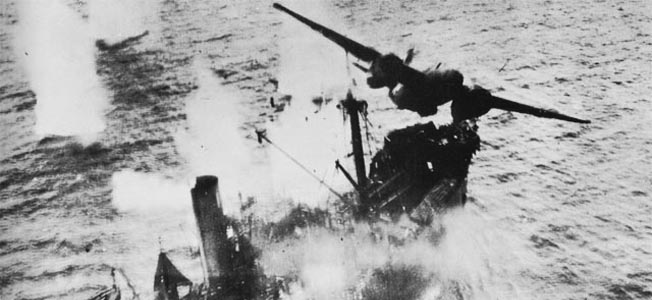
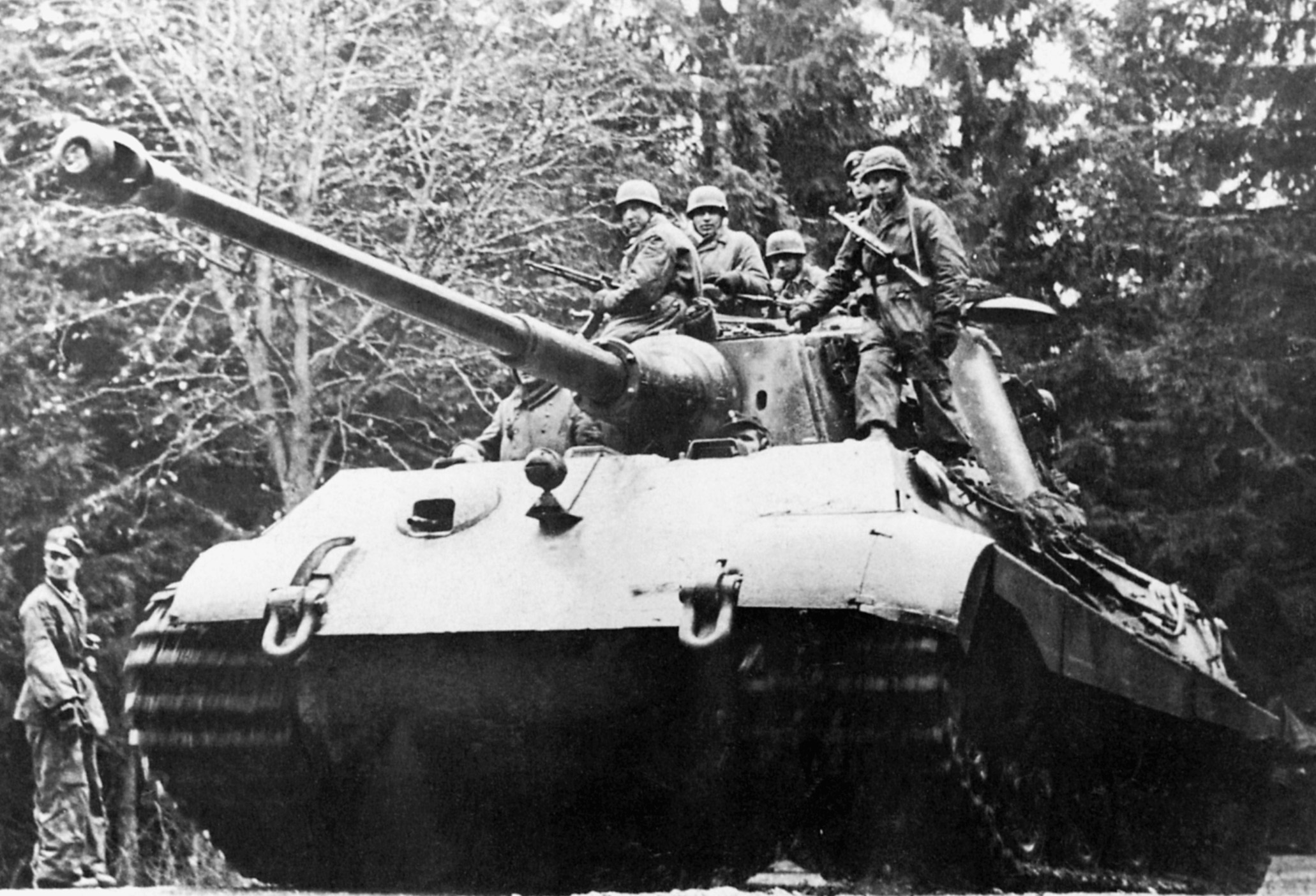
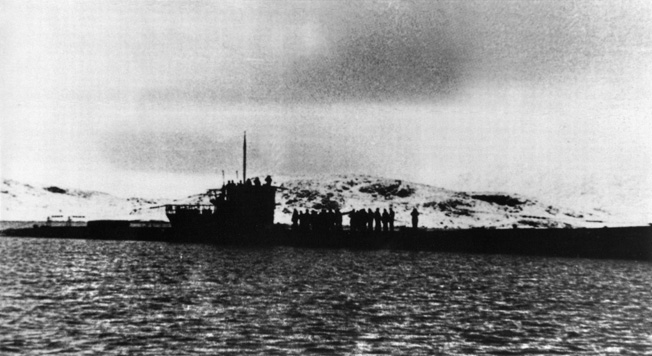
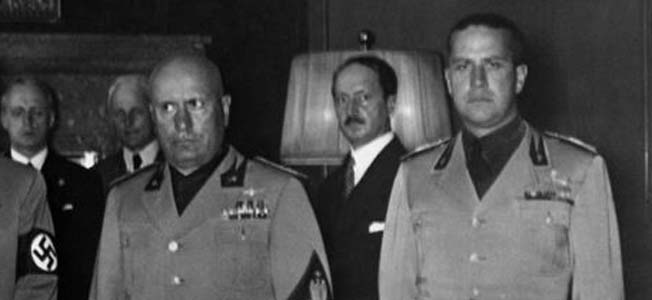
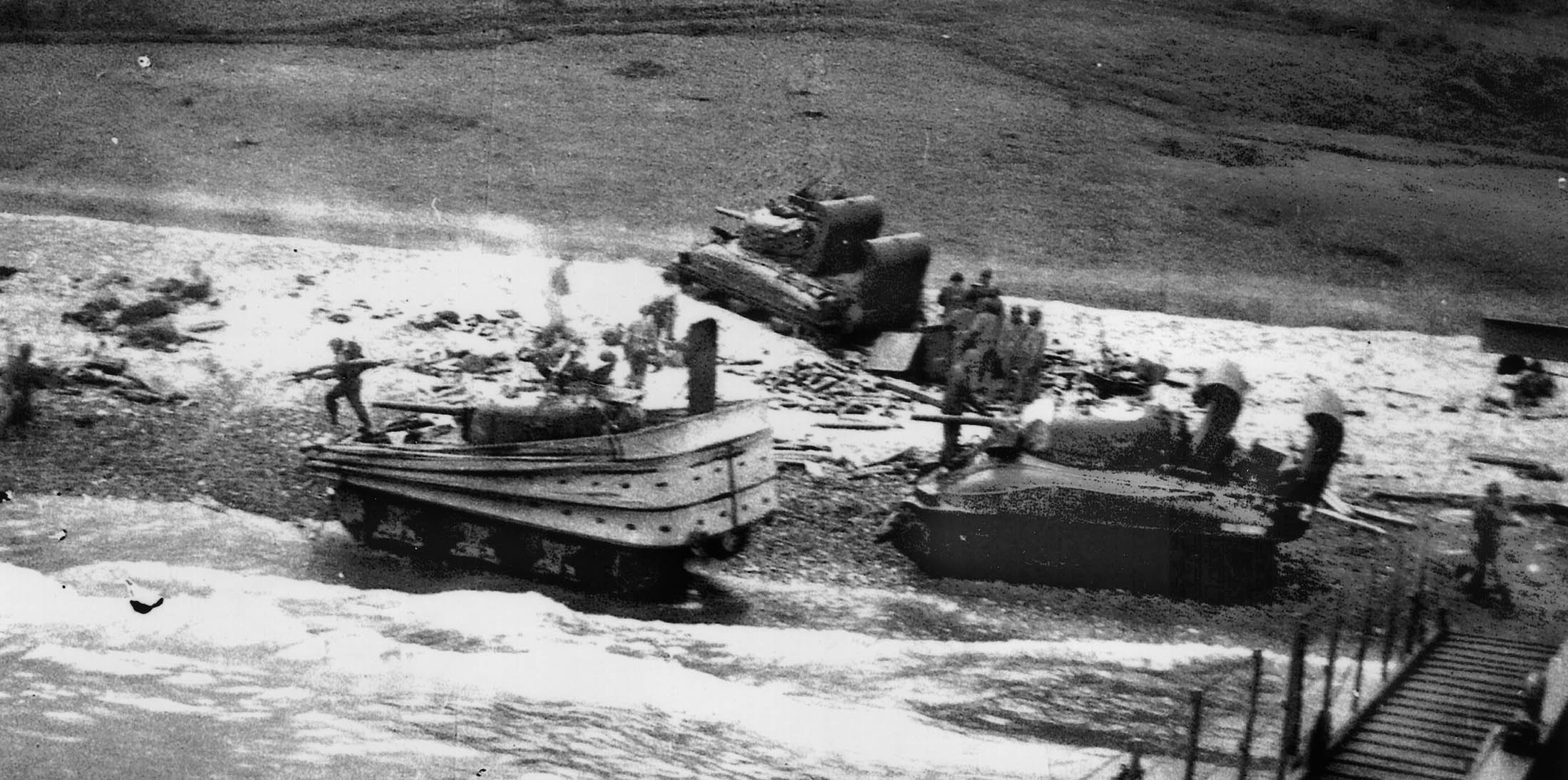
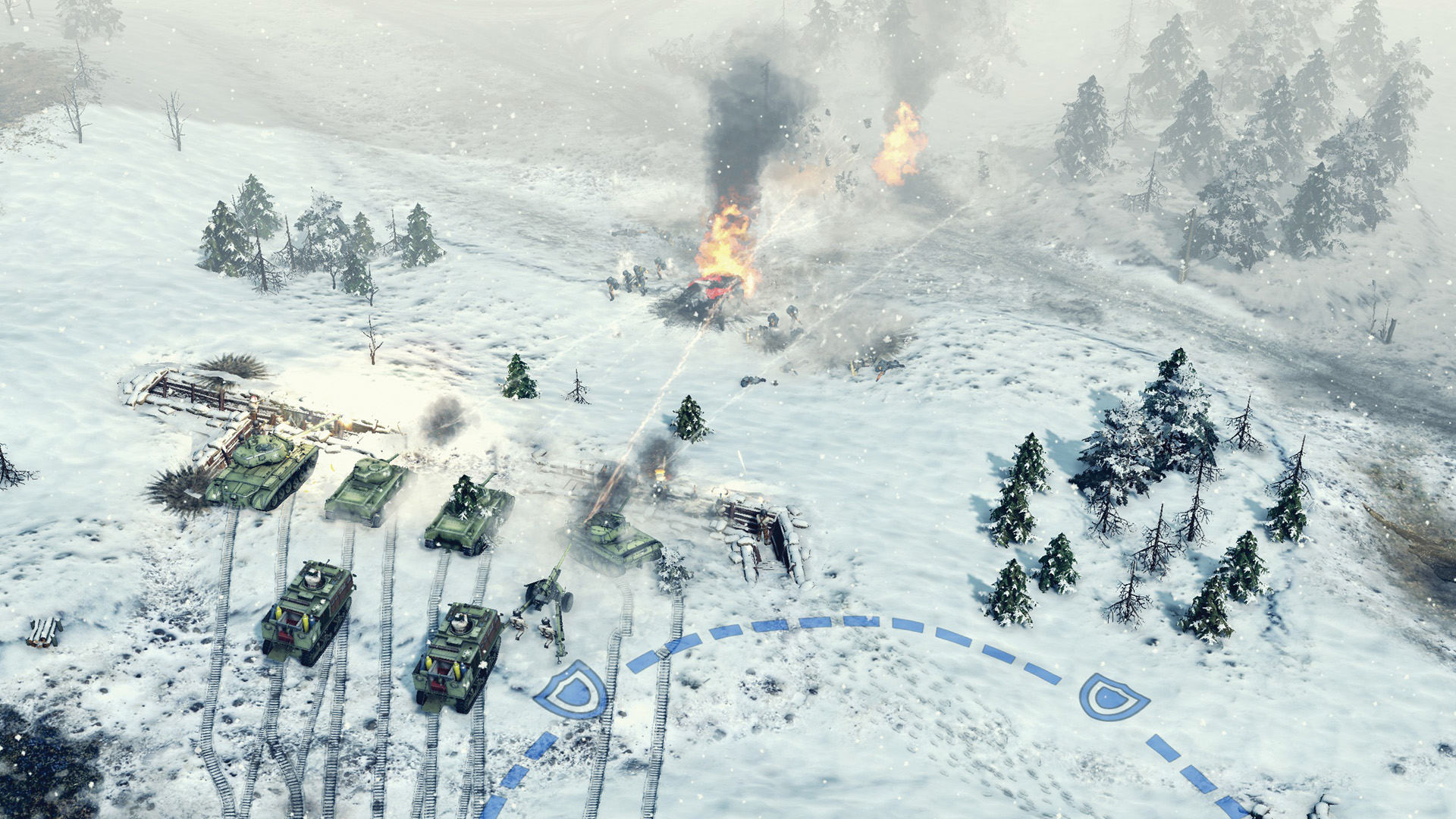
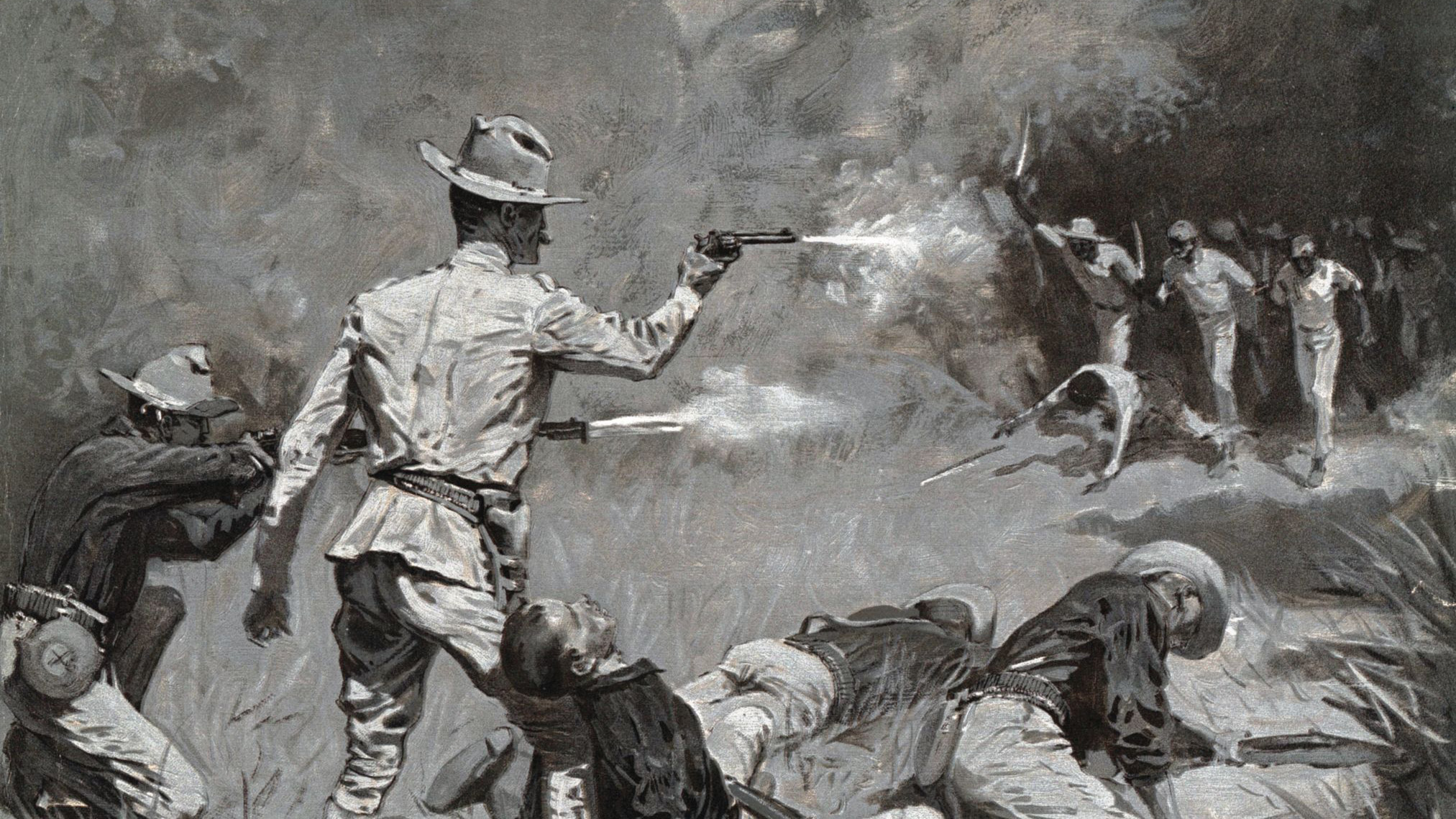
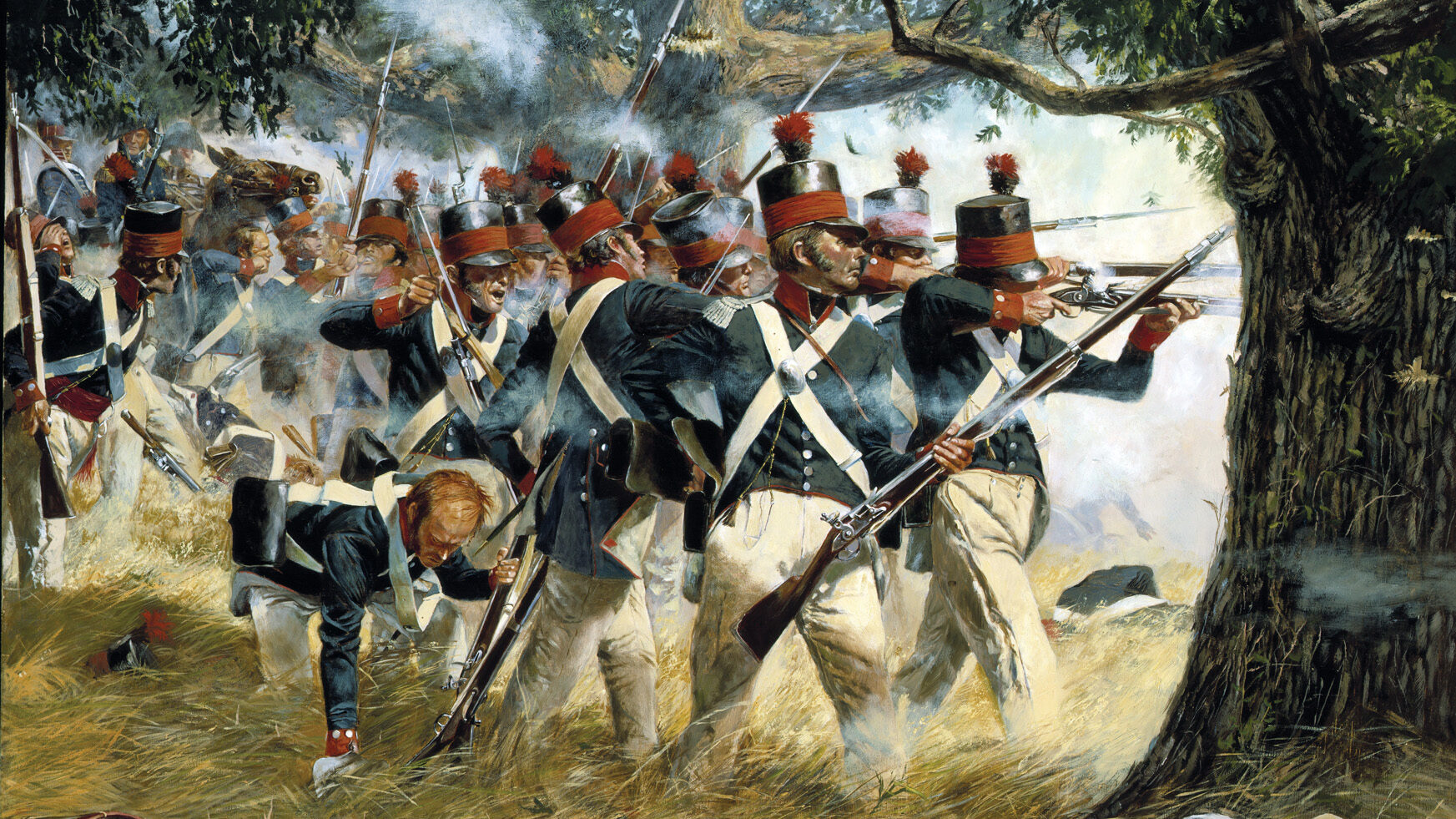
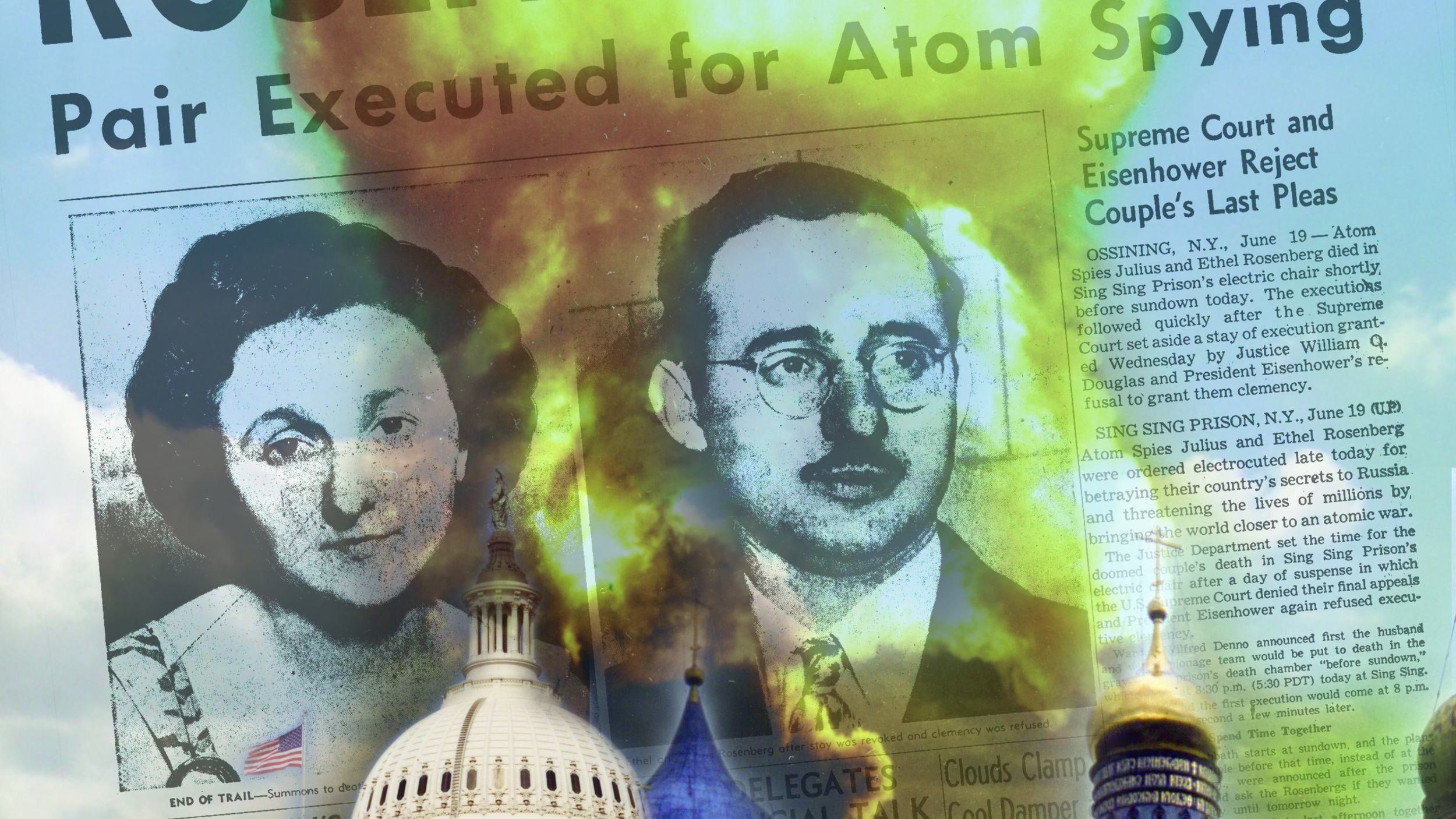
I suspect this technique is not new. There is a book by Gen. Sir Howard Douglas, A Treatise on Naval Gunnery 1855, published around the time of the Crimean War which mentions ricochet firing.
A similar technique was used in Napoleonic times when cannon balls were found to skip on hard ground increasing the range. More luck than judgement I would think.
I understand that the Mythbuster cannon mishap was not helped by the projectile skipping for a further distance than expected.